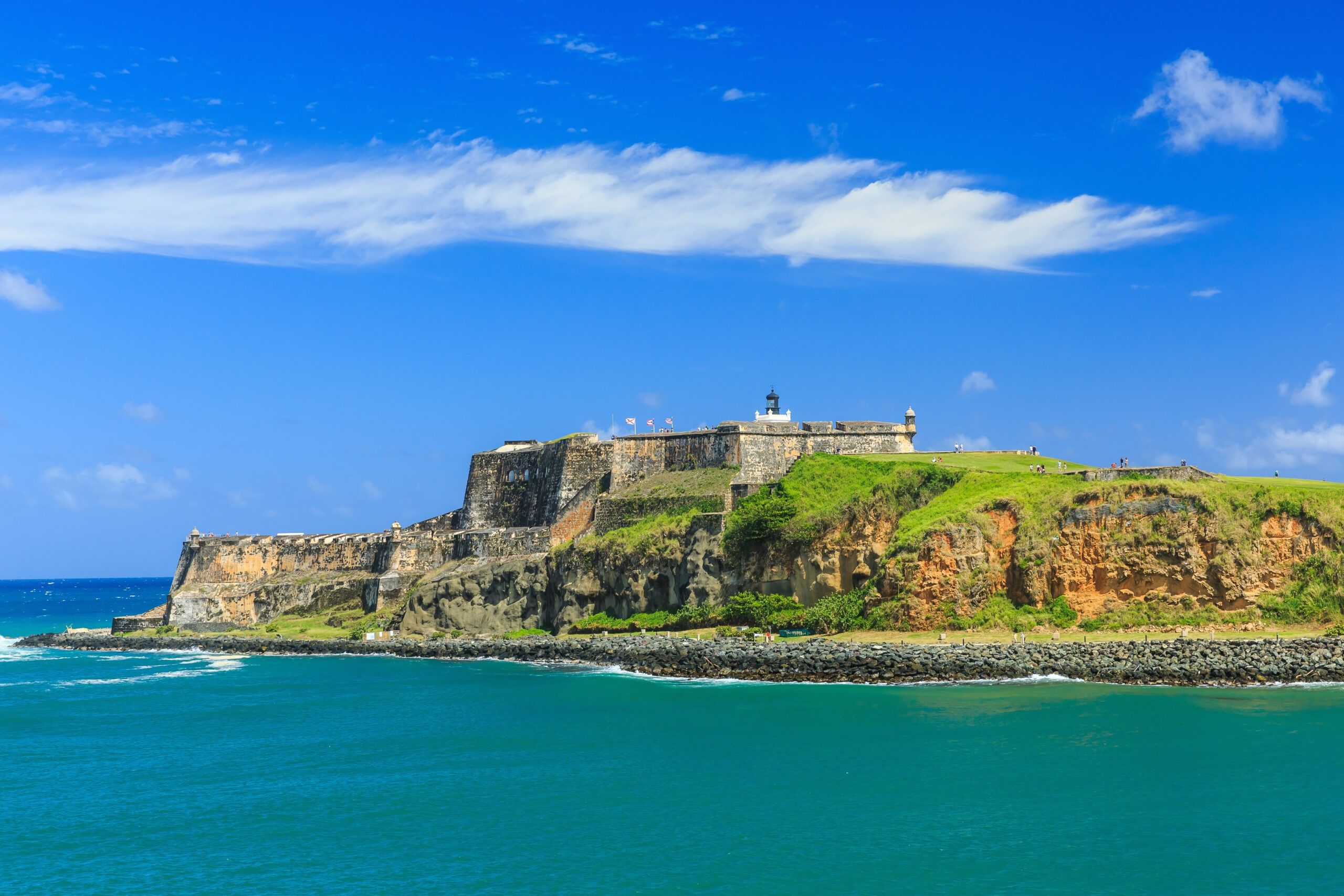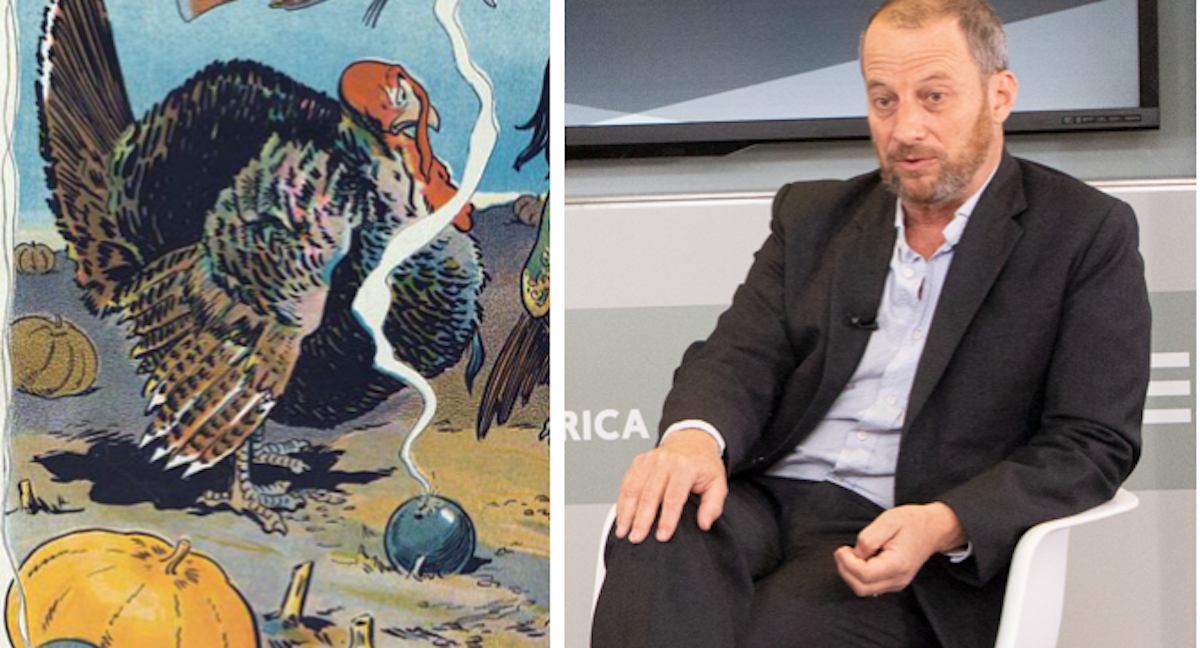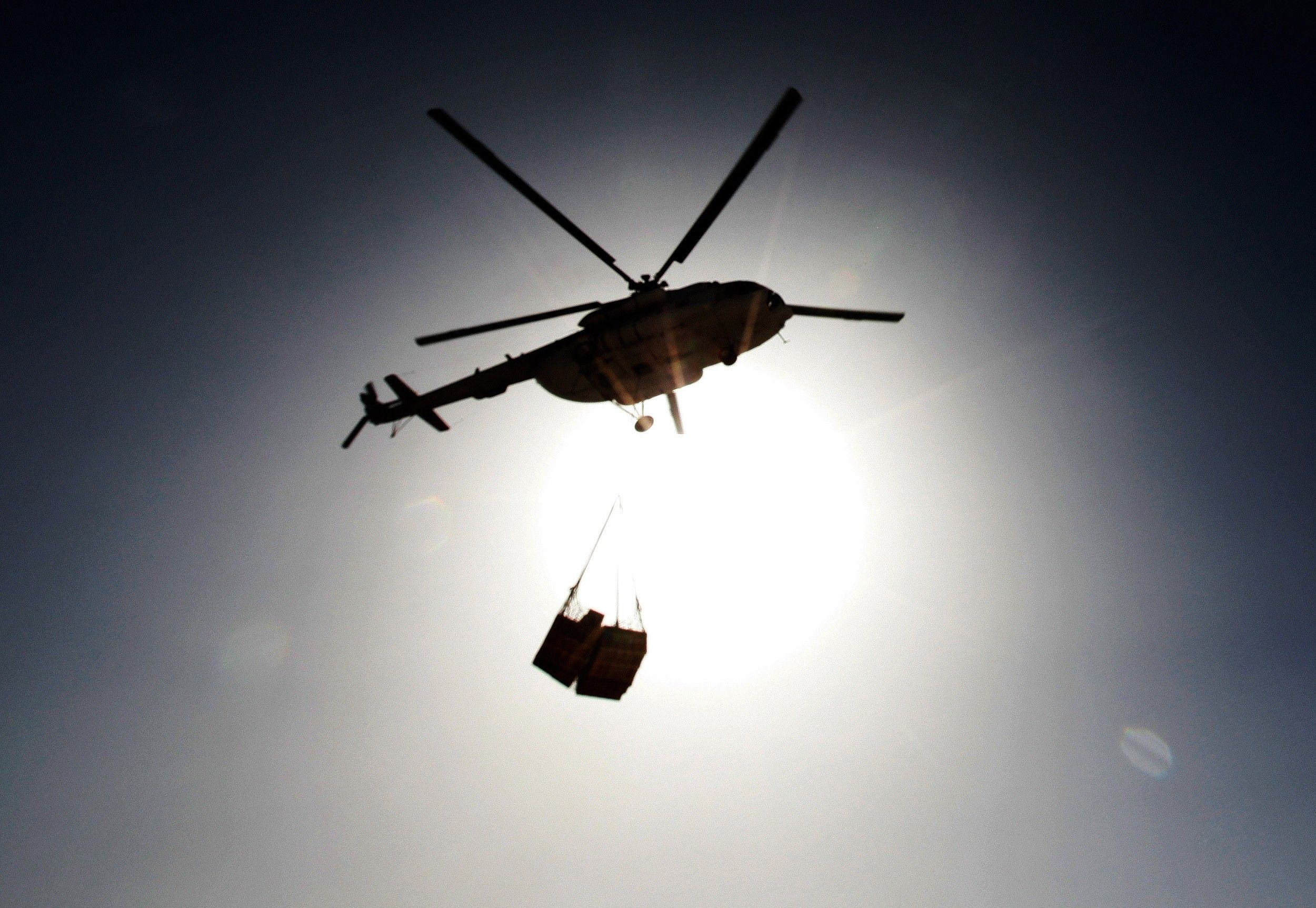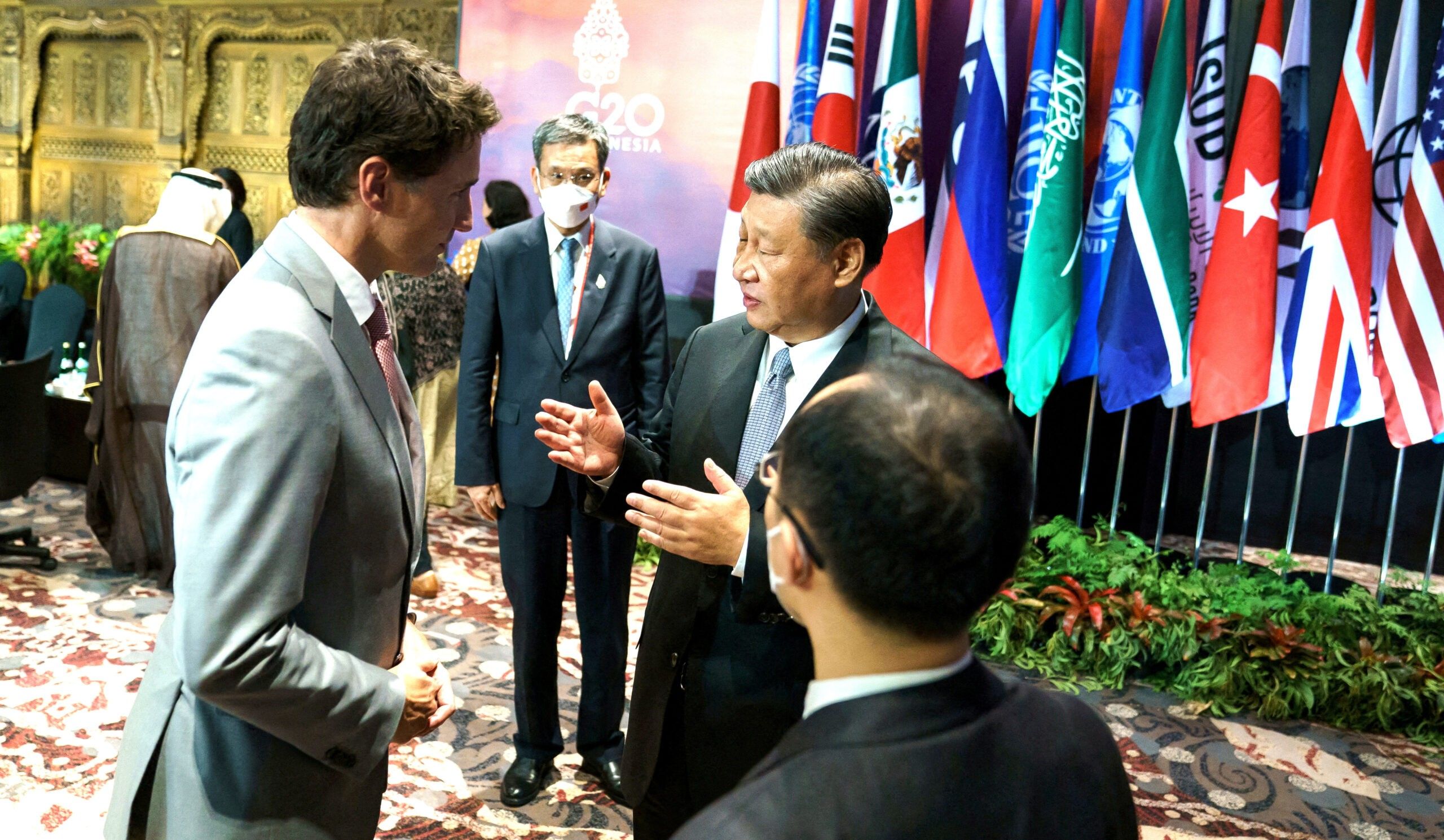The Tragedy of Crimea
The tragedy of Crimea
Recent media reports have highlighted Ukraine’s intention to retake Crimea, particularly after its success in recapturing Kherson. This has been the stated policy of the Ukrainian government since losing it to Russia in 2014.
A brief history of the region’s difficult relationship with Ukrainian rule before 2014, however, shows why this would be extremely difficult.
It is well known that in 1954 the region was transferred from the Russian SFSR (Soviet Federative Socialist Republic,) to the Ukrainian SSR (Soviet Socialist Republic,) as a “gift” to the Ukrainian people in honor of the 300th anniversary of the Pereyaslavl Rada that joined Ukraine to Russia. Less known, however, is that in January 1991, as the USSR was disintegrating, the Crimean regional government decided to hold its own referendum on restoring the autonomy of Crimea.
Nearly 84 percent of registered voters participated in this referendum, and 93 percent voted for Crimean sovereignty. This opened the door to potentially separating Crimea from both the USSR and the Ukrainian SSR, thus potentially allowing it to join the new Union Treaty then being proposed by Mikhail Gorbachev as an independent member.
On February 12, 1991, the Supreme Soviet of the Ukrainian SSR (its main legislative body) recognized those results. On September 4, 1991, the Supreme Soviet of the now Autonomous Crimean Republic (ACR) proclaimed the region’s sovereignty, but added that it intended to create a sovereign democratic state within Ukraine. It is in this context of regional sovereignty that 54 percent of Crimeans voted in December 1991 in favor of Ukrainian independence, with a voter turnout of 65 percent, the lowest of any region in Ukraine.
From the outset, however, both sides had diametrically opposed interpretations of what Crimean “sovereignty” meant — Simferopol, Crimea’s capital, wanted sovereignty, while the Ukrainian capital of Kiev a weak form of autonomy within a unitary state in which Ukrainian language and culture would be the norm.
On May 5, 1992, the Supreme Soviet of the ACR effectively declared total independence from Ukraine and announced a new referendum to be held in August 1992. The Ukrainian parliament declared Crimea’s independence illegal and authorized President Kravchuk to use any means necessary to prevent it. After a two-week stalemate, the Crimean parliament rescinded its declaration of independence in exchange for a negotiated devolution of power from Kiev to Simferopol. Crimea was given its own president and prime minister, as well as the authority to hold its own local referendums.
The crisis was averted, but only temporarily, since it did not deal with the core issue — the desire of a large portion of the Crimean population to be part of Russia rather than Ukraine. It therefore resurfaced in 1994, when Yuri Meshkov and his “Russia Bloc” party won the presidency of Crimea on a platform advocating reunification with Russia. Again, an incipient crisis was averted on March 16-17, 1995, when Ukrainian President Leonid Kuchma, after consulting with his Russian President Boris Yeltsin and receiving his support, sent Ukrainian special forces to arrest the Crimean government. Meshkov was deported to Russia, and, that same day, the Rada abrogated the Crimean Constitution and abolished the Crimean presidency.
Still, it took three more years to pass a new Crimean constitution that declared Ukrainian the sole official language of Crimea and specified that Crimea was an inalienable part of Ukraine. In a surprisingly candid interview in 2018, the last Ukrainian-appointed prime minister of Crimea, Anatoly Mogiloyv, explained that Crimea had always been “a Russian region,” and said that he repeatedly warned Kiev that, if it refused to grant the peninsula more autonomy, it would bolt to Russia.
The results of the Crimean referendum of March 16, 2014, have been rightly called into question because of the anomalous conditions under which it was held, but they were hardly surprising. Anatoly Karlin has conveniently compiled a list of 30 public opinion surveys taken between 1994 and 2016. Twenty-five show Russophile sentiment at over 70 percent, and five at 25–55 percent. One of Crimea’s foremost sociologists, Natalia Kiselyova, says that the percentage of Crimeans who “yearned for Russia” between 1991 and 2014 was always greater than 50 percent, while the percentage that favored Crimean regionalism was never less than 55–60 percent.
Since 2014, a number of Western-sponsored polls have likewise shown a high level of support for reunification with Russia. Thus, a Pew survey from April 2014 showed that 91 percent of Crimean respondents believed the 2014 referendum was free and fair. A June 2014 poll, this one by Gallup, found nearly 83 percent of the Crimean population (94 percent of ethnic Russians and 68 percent of ethnic Ukrainians) thought the 2014 referendum reflected the views of the people. A spring 2017 survey conducted by the German-based Center for East European and International Studies found that, if asked to vote again then, 79 percent said they would cast the same vote.
Most striking of all has been the turnaround in the attitude of Crimean Tatars. A 2020 report in Foreign Affairs found that the proportion of Tatars who indicated that they thought being part of Russia would make them better off rose from 50 percent in 2014 to 81 percent in 2019.
Many leading Ukrainian political and cultural figures, including the writers Vasyl Shklyar, Yuri Andrukhovych, and former President Viktor Yushchenko, have referred to Crimea as foreign to Ukraine and depicted its multiculturalism as a threat to the nationalist Ukraine they were trying to create. After 2013, some have suggested letting this territory go its own way. The danger of doing so now, however, according to President Poroshenko’s permanent representative in Crimea, Boris Babin, is that “if we don’t liberate Crimea and the East [militarily], then all of Ukraine will become the East and Crimea.”
The history of Crimea since 1991 thus offers a vivid illustration of how nationalism can lead national elites to self-delusion. Knowing full well the region’s long-standing aspirations for autonomy, Kiev’s nationalist politicians chose to ignore or suppress them.
The same problems could also arise for Russia, though, until now, it has managed to avoid them through a mixture of pragmatism and massive investments in areas of concern to the local population. For Crimean Tatars, these include the April 21, 2014, decree rehabilitating the deported peoples of Crimea, additional federal funding for the expansion of education in the Tatar language, the construction of more than 150 new mosques, and recognition of the Tatar language as official in Crimea, something never achieved under Ukrainian rule.
Critics counter that Russia is only pretending to address the concerns of the Crimean Tatars. In reality, they say, there has been a tenfold reduction in the number of Tatars in positions of authority in Crimea, because the Crimean Tatar Mejlis (Assembly) is now outlawed, and Tatars must run for office within different parties. It probably has not helped the overall popularity of the Mejlis in Crimea, however, that some of its exiled leaders in Ukraine support the policies of the Ukrainian government, which include the possible deportation of several hundred thousand Russian residents of the peninsula.
To be clear, the loss of Crimea stems directly from Russia’s illegal annexation, but, as Ukraine’s first president, Leonid Kravchuk, acknowledged in 2019, it was fed by years of “very aggressive attacks of one region [Galicia in Western Ukraine – NP], which often believes that its ideology is the most correct, the most essential for the Ukrainian people; [and it] encounters the opposition of all regions of Ukraine that have a different ideology, or maybe different views, to be more precise, on the situation in Ukraine.”
To regain their loyalty, Kiev will have to acknowledge the role that its own policies, most notably forcible Ukrainianization, have played in fracturing Ukrainian society, or face the prospect that recapturing these territories will result in a new cycle of violence, at some point in the future.
Responsible Statecraft’s independent, authentic journalism promotes democratic accountability and poses a transpartisan challenge to militaristic foreign policy! Responsible Statecraft is the online magazine of the Quincy Institute(QI). Please help us lift up new voices of realism and military restraint with your 100% tax-deductible donation to the Quincy Institute in support of Responsible Statecraft. Donate here.

The island, which has been continuously colonized since the 1490s, is a linchpin of US power projection overseas.

And so is his bottom line: that the world not only craves, but needs an ‘American-led order.’ Stick a fork in it, this bird’s done.

A new official watchdog report sheds light on what led to the Taliban’s rapid takeover last year and implications for America’s future foreign policy.

After years of engagement and accommodation, Trudeau’s government is taking a much tougher tone with Beijing and it shows.
" Conservative News Daily does not always share or support the views and opinions expressed here; they are just those of the writer."

Now loading...